
The pain felt in the shins due to exercising is associated with the medial tibial stress syndrome. There are several possible causes of this problem among which are irritation of the muscles and tendons located in the vicinity of the shin bones. The shin splints or MTSS mostly affect runners. This is actually a shin splint condition regardless of its name. The lateral area of the shin is where the pain is emitted from. This is the region placed in the front area - between the ankle and knee, to be more precise. This problem can be caused by exercising and due to this, people like dancers, military personnel, athletes and other people who exercise frequently are most affected by this condition. There are other similar problems and this is a reason why this condition is usually gone without the diagnosis. But this is not the case today and there is alot information about this problem and some of them will be presented to you in the following text
Causes and Risk Factors
This is an overuse injury and the exact cause of it is still vague. Stress placed on the shins and repetitive motions are some of the probable causes. Other causes are poor footwear, chronic compartments syndrome, bone strain and repetitive activities, such as basketball, tennis and running. Factors that might contribute this condition, and factors that make a person more prone to it if they are present are: heel cord tightness, prior increase of miles of workout, poor running surface, female runners suffering from amenorrhea, military recruits, racquet sports, basketball, gymnastics, running and taking part in high-impactsports.
Symptoms
The most common causes of medial tibial stress syndrome are swelling, resting provide no beneficial effects on the problem. pain which is felt when running surface or intensity of the workout are changed, pain felt when the leg is bearing the weight, pain felt during running activity and shin pain felt in a certain location.
Medical history and symptoms are the first things that the doctor will ask you about, after which a physical exam will follow. Then, a visit to the specialist may be needed. There are test that will help to diagnose the problem. Some of them are bone scan, which uses camera and radioactive material to take pictures, and x-ray, which also takes pictures with the help from radiation.
Treatment
Treatment will include resting, NSAIDs, or non-steroidal anti-inflammatory drugs, ice, use of crutches, shock-absorbing insoles, arch supporters. Once the patient starts to recover, he will begin to participate in normal activities.
Treating the problem is much more complex then prevention. This can be done with use of proper footwear, right mannered exercising and proper warm up. Using insoles that absorb shocks while running or doing some high-impact exercise, stretching prior to exercising, gradual increase of workout and proper footwear are some of the ways in which this problem may be avoided.



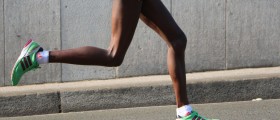


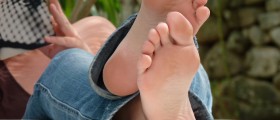
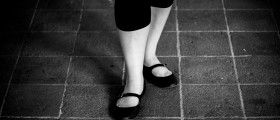
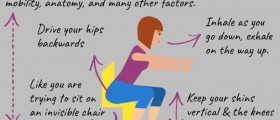






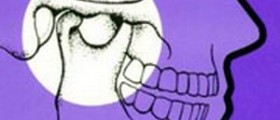

Your thoughts on this
Loading...